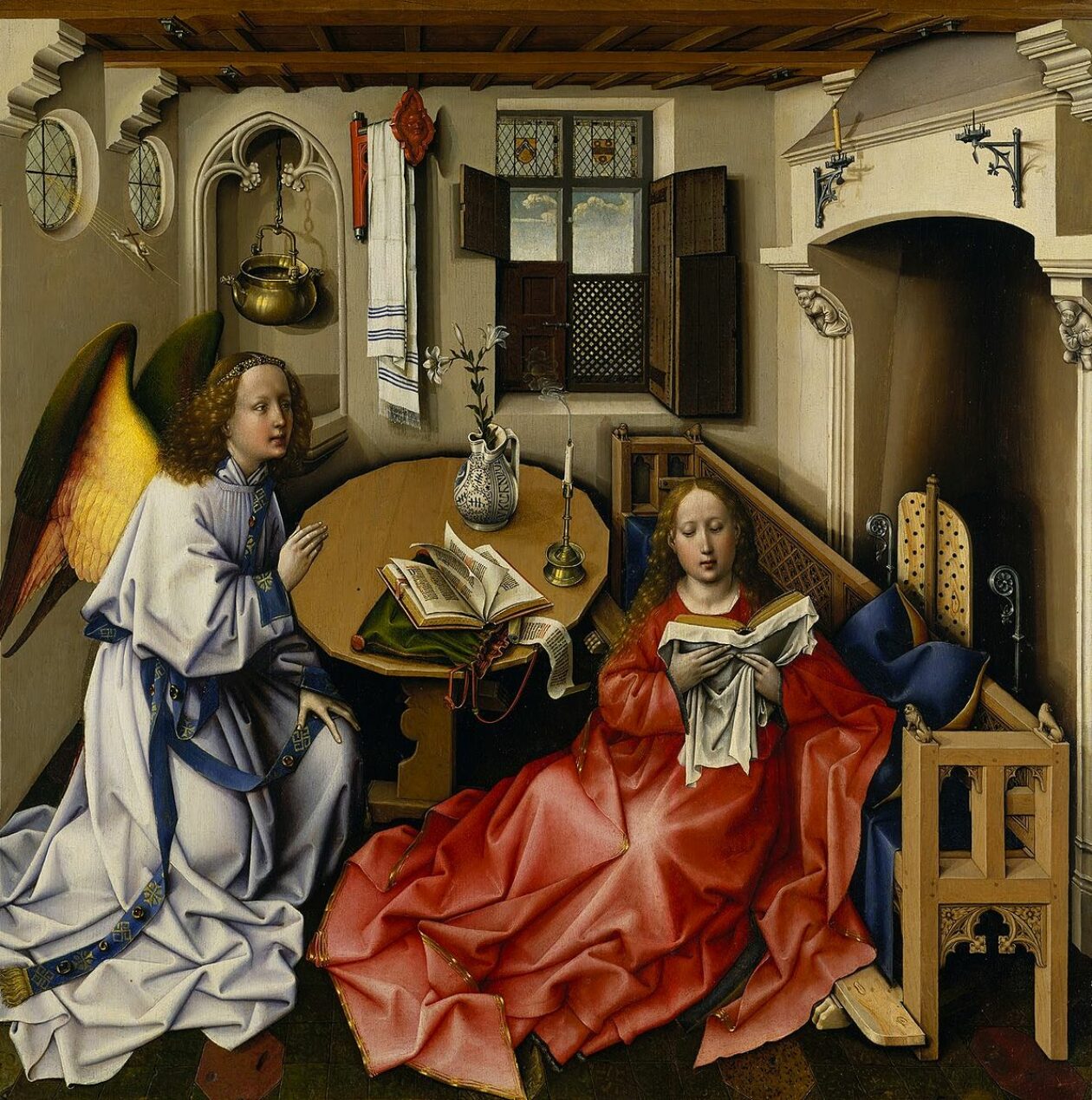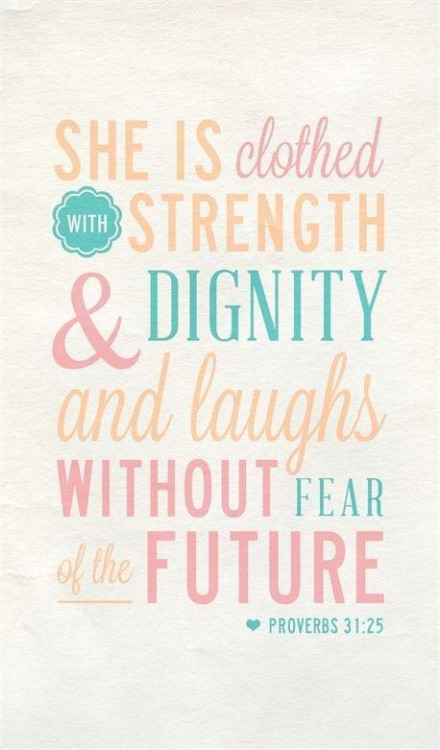
-by Christine Flynn
“As I walked out the door to meet my boyfriend’s parents for the first time, my mom called after me, “That skirt’s a little short, isn’t it?”
I stopped. A discussion on the appropriateness of dress had never occurred so this sudden mention, when I was eighteen years old, was surprising and confusing. “What does it matter?” I said, honestly curious.
At the time, I received an unsatisfactory answer to that question—“because!” But the way we dress and how we comport ourselves certainly does matter. Modesty is a virtue worth cultivating, most especially in the teenage years, when habits really dig their roots in, for better or for worse. This is true of everyday life, as well as during special events, such as homecoming dances and formals, when the norms of regular dress and behavior are often, in reality or expectation, stretched or broken.
It’s homecoming season now, which means many practical lessons in what makes a modest dress. But, perhaps surprisingly, modesty is not all about the clothes we wear. Fr. John Hardon writes in the Modern Catholic Dictionary that modesty is “the virtue that moderates all the internal and external movements and appearance of a person according to his or her endowments, possessions, and station in life.” This includes how we dress but also much more—our general behavior, anytime, at any occasion.
We aren’t modest for the sake of modesty, or to hold up some stodgy religious standard. Modesty goes beyond those things and plants itself in the love we have for our God-given dignity and in the love we bear for the mystical body of Christ, our Christian brothers and sisters who are striving for holiness. As the Catechism of the Catholic Church states: “Modesty protects the intimate center of the person. It means refusing to unveil what should remain hidden. It is ordered to chastity to whose sensitivity it bears witness. It guides how one looks at others and behaves toward them in conformity with the dignity of persons and their solidarity” (2521).
Appropriate clothing and behavior fall under this definition, though the Catechism mentions dress only in passing. Why? Because what we present outwardly reflects our inward disposition and how we respect and care for “the intimate center of the person.” Do we care interiorly that God has gifted us with bodies that, per His law, form sexual relationships within—and only within—the bounds of marriage? Do we care interiorly that we are brothers and sisters in Christ, and that we ought to help lead souls to heaven , and thus guard those of the opposite sex who may be tempted to inappropriate thoughts or behavior by the way we dress and act? Do we believe that virtue is a habit worth cultivating, not something to work toward only when it is convenient?
The earnest person of faith would answer these questions in the affirmative. So how is modesty practically applied?
It is unnecessary to believe that modest dress must be somber, unattractive, or dowdy. And though modesty in dress and decorum certainly is not required only of girls, attire for girls breaks the bounds of modesty more regularly than clothing for boys. Rev. George Kelly’s advice in his 1959 book The Catholic Family Handbook still applies, more than a half century later: “A young girl need not walk about with stringy hair, a plain, pale face, or in the clothing of a widow; she can make herself attractive, using appropriate cosmetic aids and colorful fabrics. Above all, if she has a smiling, friendly disposition, it will be reflected in her appearance, and will make her more attractive than any product from the beautician’s laboratory.”
We cannot overlook the need to strike a balance in our dress—not wearing immodest clothing for our own vanity, nor seeking recognition or applause for how modest we are. As Dr. Brian Besong writes on modesty in An Introduction to Ethics, “we should restrain ourselves according to the circumstances of our culture and environment, not flouting social norms in order to stand out, or ignoring the social setting (such as who we are around) in choosing what to wear.” So if the social setting is a homecoming dance, girls can tend to their appearance with the care that the formal occasion demands, but not to the point of vanity or pride.
A proper understanding of modesty also brings us to true Christian charity, meaning that in all areas of our lives, we follow the two greatest commandments as outlined by Jesus: love God, and love your neighbor as yourself. When it comes to loving our neighbors, we are to will their good, the greatest good being heaven. How we dress and behave can certainly assist our Christian brethren in their pursuit of the beatific vision . . . or hinder them. True, it is our own responsibility to practice purity and to avoid “voyeurism and illusion,” to paraphrase paragraph 2525 of the Catechism. But in that same paragraph, the Church advises the media to exercise respect and restraint. We should apply that advice to ourselves—what we do, how we behave, and yes, even what we wear.
If a person is enthusiastic about respecting and protecting our brothers and sisters in Christ, and yet still desires to dress immodestly, it’s worth getting to the root of why. Pride or vanity is probably playing a role. The same can be said if a young person “must” wear this or that style of clothing because she can’t bear what others will think of her if she is dressed modestly—or if she wants to feel sexual or elicit those thoughts in others. Running through a kind of “self-audit” to understand our inclinations over certain subjects, including clothing, can reveal things that we might not pay much mind to otherwise.
Simply answering “because!” doesn’t cut it in matters of faith. We need to pay attention—though not to the point of scrupulosity—to our human motivations and desires. Only then can we ascend beyond those factors and attain lasting happiness, far beyond the reaches of what we do or do not wear.”
Love & Christian modesty, Deo gratias,
Matthew

